Container gardening allows individuals living in Zone 12 to flex their green thumbs and create beautiful, thriving plant arrangements despite the challenges of a tropical and subtropical climate.
With the right choice of plants, attention to sunlight, and proper watering techniques, gardeners can turn their balconies, patios, and small yards into lush, verdant spaces.
Choosing Suitable Containers
To optimize your gardening efforts, it's important to select the proper containers.
Material Options
Various materials can be used for container gardening, each with its own benefits and drawbacks:
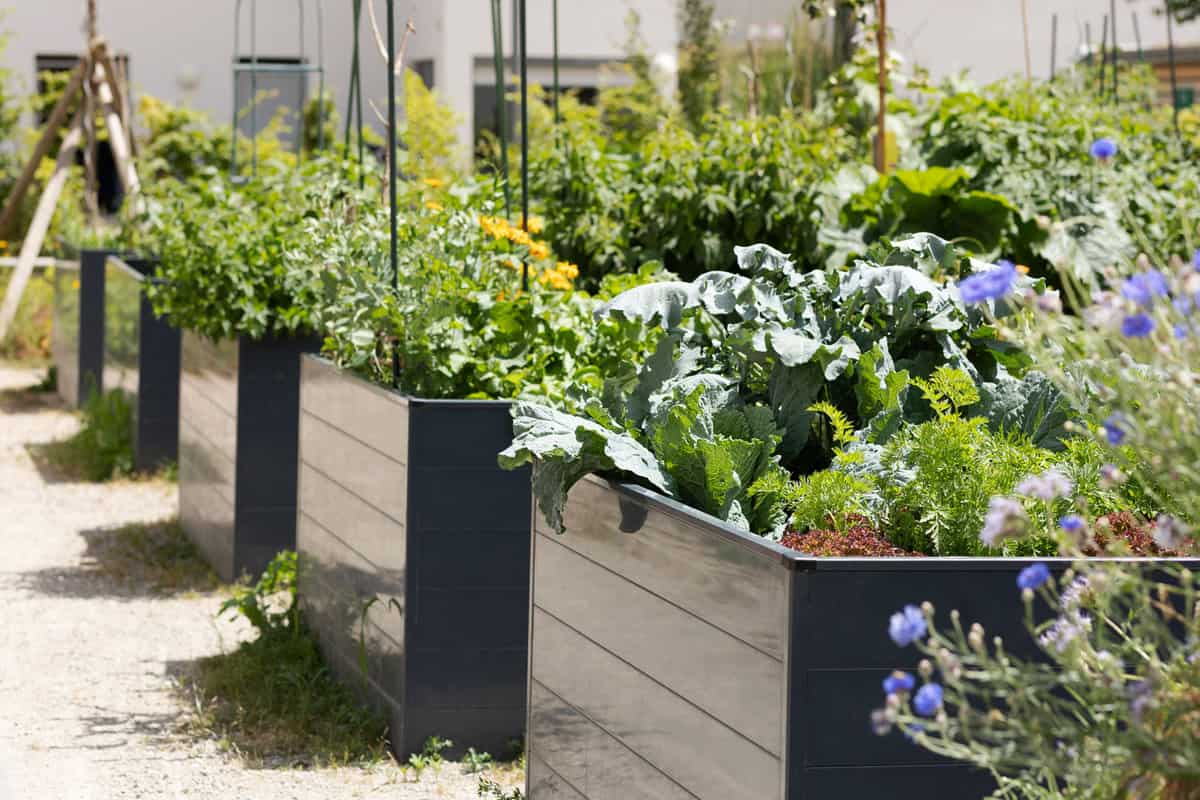
- Plastic: Lightweight, affordable, and easy to find. However, they may not be as durable as other options.
- Ceramic: Visually appealing and sturdy, but can be heavy and breakable.
- Terracotta: Porous material that allows for good airflow to plant roots but can dry out quickly and be prone to breakage.
- Wood: Natural and attractive, but may rot over time and requires regular maintenance. Choose rot-resistant woods like cedar or redwood.
- Metal: Durable and long-lasting, but may heat up under direct sunlight and affect root health.
Size and Drainage Considerations
Selecting the right container size is essential for giving your plants sufficient space to grow. Consider the following factors:
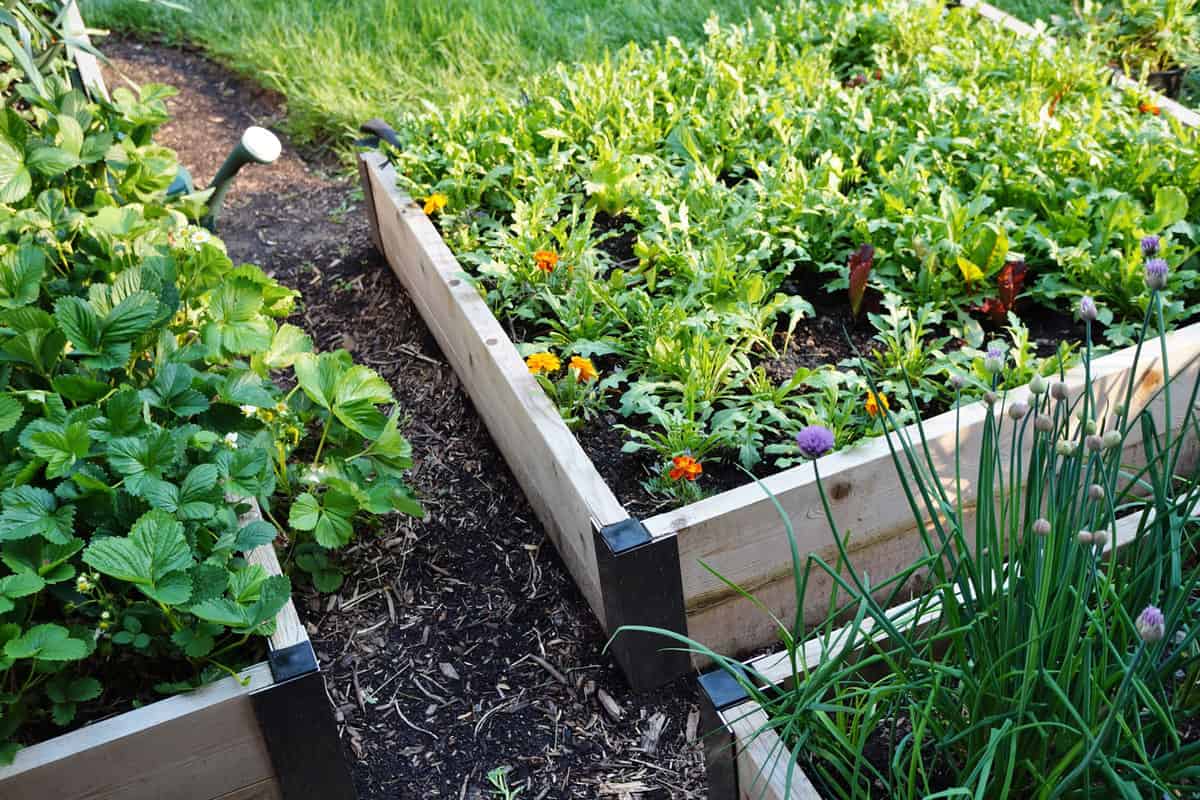
- Root size: Choose a container deep enough to accommodate the root system of your plants. For example, shallow-rooted plants like lettuce require smaller pots, while deep-rooted plants like tomatoes need larger containers.
- Plant growth: As your plants grow in size, their need for additional space may increase. Choose a container that can support their full-grown size.
- Drainage: Proper drainage is crucial for ensuring the roots do not become waterlogged. Make sure your containers have drainage holes at the bottom. Additionally, using a tray to catch excess water can prevent water from spilling onto surfaces.
Selecting Appropriate Plants
When planning a container garden in Zone 12, it's essential to choose plants that will thrive in the region's unique climate.
In the following section, we will discuss some Zone 12-friendly options and provide guidance on combining plants in a single container for a successful garden.
Zone 12-Friendly Options
Zone 12 is characterized by a tropical climate with warm temperatures year-round, making it ideal for growing a wide variety of plants. Some popular options include:

- Tropical fruiting plants: Such as citrus trees, avocados, and mango.
- Ornamental plants and flowers: Like hibiscus, plumeria, and bromeliads, that bring vibrant colors and lush foliage.
- Herbs: Basil, mint, and lemongrass are excellent choices as they thrive in warm conditions and can be easily grown in containers.
- Vegetables: Including tomatoes, peppers, eggplants, and leafy greens like lettuce and arugula that can handle the heat and humidity.
Combining Plants in a Single Container
Designing a visually appealing and functional container garden involves carefully selecting plants that complement each other. Consider the following tips when combining plants in a single container:
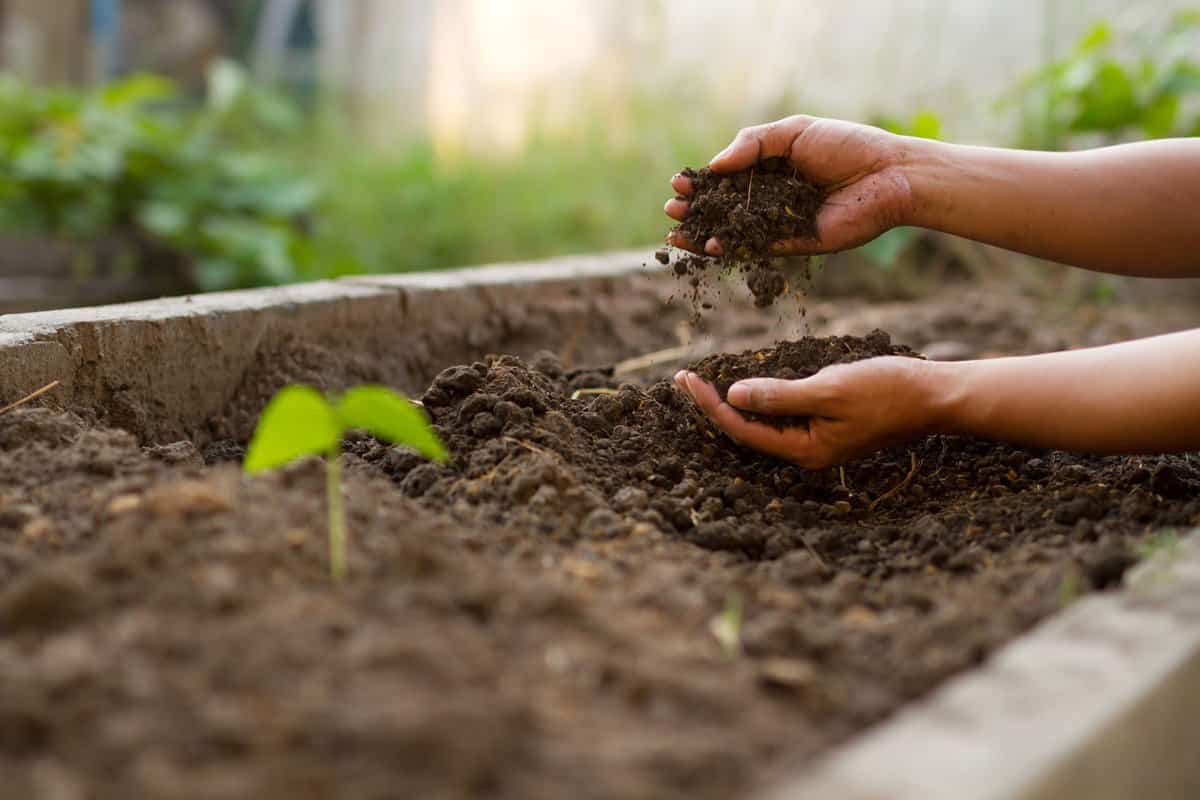
- Select plants with similar growth habits: Fast-growing plants may overshadow smaller, slower-growing ones, so choosing plants that grow at a similar pace is essential.
- Consider root space: Some plants have extensive root systems, while others are more compact. Make sure the container you choose can accommodate the root needs of all plants, or consider planting root-heavy plants in a separate container.
- Combine plants with similar water and light requirements: Pairing plants that need similar amounts of sunlight and water will make it easier to maintain your container garden and minimize stress on the plants.
Planting Techniques and Soil Mixtures
Container gardening in Zone 12 can be a rewarding experience if done properly. Essential planting techniques and soil mixtures are crucial for successful container gardening.
Potting Soil
Choosing the right potting soil is crucial for a healthy container garden. A high-quality potting mix provides the necessary nutrients, aeration, and drainage for your plants. Here are some tips for selecting the right potting soil:
- Look for a mix containing a blend of peat moss or coconut coir, perlite or vermiculite, and compost, ensuring a well-balanced growing medium.
- Avoid using garden soil, as it can become compacted in containers, inhibiting root growth and drainage.
Transplanting
When transplanting established plants into containers, it's essential to follow some basic guidelines:
- Choose an appropriate container size, ensuring it has drainage holes at the bottom.
- Fill the container with your chosen potting soil mix, leaving a few inches of space at the top for the plant.
- Gently remove the plant from its current container, taking care not to damage the roots.
- Place the plant into the new container at the same depth it was previously growing, and gently firm the soil around the roots.
- Water the plant thoroughly to help settle the soil and eliminate air pockets.
Sowing Tips
For container gardening, sowing seeds directly or starting seeds indoors can both be effective methods, depending on the plant type. Here are some quick tips for successful seed sowing:
- Follow the specific germination requirements for each plant species, including appropriate soil temperature, planting depth, and light exposure.
- Water the seeds gently and consistently to ensure proper moisture levels for germination.
- When starting seeds indoors, use a seedling tray or individual pots filled with seed-starting mix.
- After germination, ensure the seedlings receive adequate light, airflow, and nutrition.
Proper Watering and Fertilizing Practices
Here are proper watering and fertilizing practices for a successful container garden:
Watering Frequency and Techniques
In Zone 12, maintaining proper moisture levels is essential for healthy plant growth. Here are some general guidelines for watering container gardens:
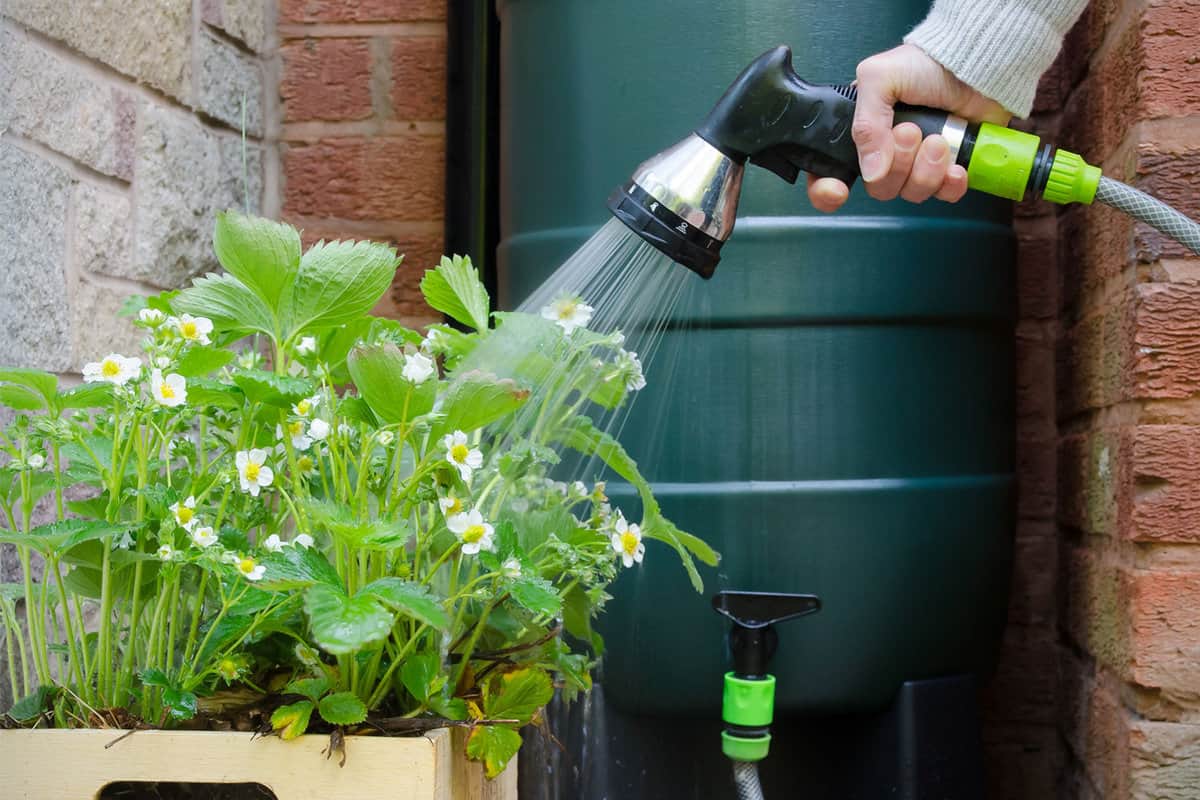
- Water your plants regularly, but avoid over-watering, as this can lead to root rot and other issues.
- Check the moisture level of the soil by sticking your finger in the top inch of the soil. If it feels dry, it's time to water.
- Ensure the container has drainage holes to prevent standing water and promote good drainage.
Using proper watering techniques can also help keep your plants healthy:
- Apply water directly to the soil, avoiding the leaves, to reduce the risk of fungal diseases.
- Water early in the morning to minimize evaporation.
- Use a drip irrigation system or a soaker hose for efficient and consistent watering.
Types of Fertilizers
Fertilizing container gardens provide vital nutrients that plants may not receive from their limited soil volume. There are several types of fertilizers suitable for container gardens:
Organic fertilizers: They are packed with essential nutrients and can improve the soil's texture and structure. Some organic fertilizers worth considering include:
- Compost: Rich in nutrients and beneficial microorganisms, compost can be added as a top dressing or mixed into the potting soil.
- Bone meal: High in phosphorus, bone meal promotes strong root development and colorful blooms.
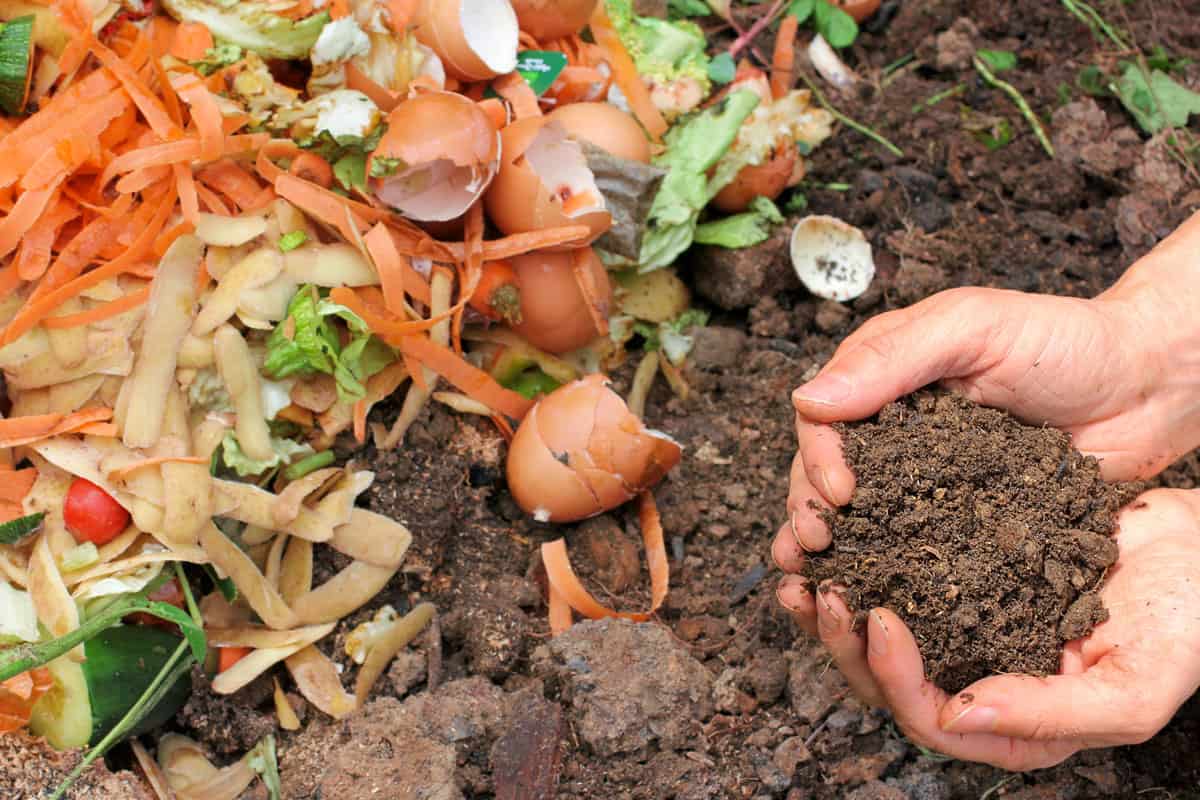
Inorganic fertilizers: Inorganic or synthetic fertilizers are derived from minerals or manufactured chemicals.
They provide specific nutrients to plants and can be tailored to suit different growing conditions. Some common inorganic fertilizers for container gardens include:
- Water-soluble fertilizers: These fast-acting fertilizers can be dissolved in water, making it easy to apply during watering sessions.
- Slow-release granular fertilizers: These fertilizers release nutrients gradually over an extended period, reducing the need for frequent applications.
Remember to follow the manufacturer's instructions for proper application rates and intervals.
Additionally, it's a good idea to have your soil tested periodically, so you can adjust your fertilization regimen as needed for optimal plant growth.
Disease and Pest Prevention Strategies
First, always choose healthy, disease-free plants. When watering plants, avoid wetting the foliage to reduce the risk of fungal diseases.
Regularly clean containers, tools, and work surfaces with a mild bleach solution to kill pathogens. Remove dead leaves and debris to minimize breeding grounds for pests and keep the area well-ventilated.
Introducing beneficial organisms can help provide biological control against pests in container gardens.
Beneficial insects like lady beetles, lacewings, and predatory mites can effectively manage aphids, spider mites, and other pests.
In addition, consider planting companion plants, such as marigolds and basil, which can attract beneficial insects or repel unwanted pests.
If you already have pests in your container garden, using natural pesticides can be a safe and effective way to control and mitigate them.
Neem oil, for example, is a popular choice for combating various pests such as aphids, whiteflies, and spider mites.
In Closing
Container gardening in Zone 12 is a fantastic way to create a lush and thriving garden despite the challenges of a tropical climate.
By choosing the right containers and suitable plants, mastering planting techniques, and proper watering, fertilizing, and pest prevention practices, you can enjoy a vibrant and fruitful garden in even the smallest spaces.
So roll up your sleeves, get your hands dirty, and let your green thumb shine in Zone 12!
Read more:
The 17 Best Plants to Grow in Zone 12a (50 to 55 °F/10 to 12.8 °C)
The 17 Best Plants to Grow in Zone 12b (55 to 60 °F/12.8 to 15.6 °C)
